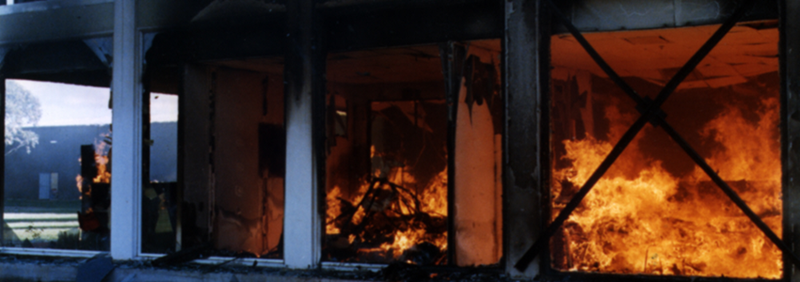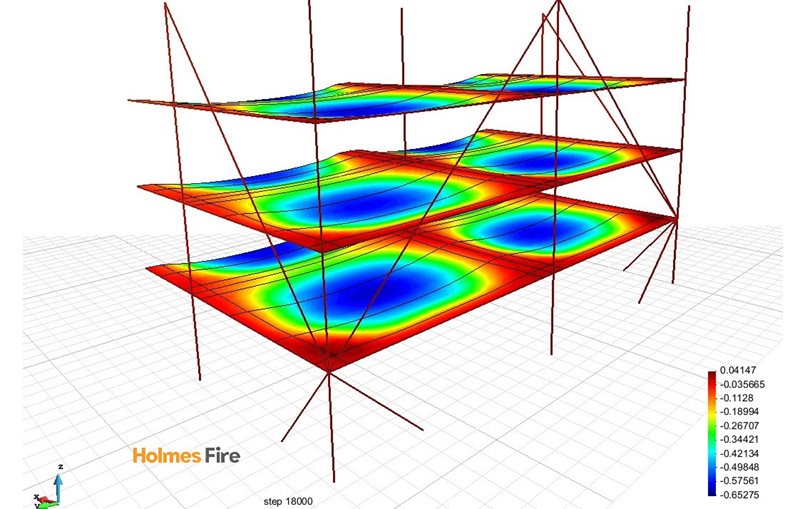

Structural fire engineering as one component of a comprehensive performance-based approach to managing fire safety of building structures enables a range of benefits that can significantly and positively support the decision to utilise steel as the material of choice.
The potential benefits include:
a reduction in the extent of fire protection necessary: in some cases elements may not need to have any fire protection. A typical example is secondary beams in composite floor systems
a reduction in the degree of fire protection necessary: this can, for example, facilitate the cost-effective use of intumescent paints to meet architectural or functional requirements, which might not otherwise be possible
a reduction in construction time and improved site logistics: compared to the Deemed-to-Satisfy solution
tighter construction clearances: with the omission of passive fire protection
facilitating the expression of the steel structure for architectural purposes: particularly common in entrance atria and similar
a net significant reduction in cost for fire protection: compared to the Deemed-to-Satisfy solution
a significant ROI: for the up-front cost of fire engineering based on the significant cost savings through elimination or reduction of fire protection.

The potential benefits include:
a reduction in the extent of fire protection necessary: in some cases elements may not need to have any fire protection. A typical example is secondary beams in composite floor systems
a reduction in the degree of fire protection necessary: this can, for example, facilitate the cost-effective use of intumescent paints to meet architectural or functional requirements, which might not otherwise be possible
a reduction in construction time and improved site logistics: compared to the Deemed-to-Satisfy solution
tighter construction clearances: with the omission of passive fire protection
facilitating the expression of the steel structure for architectural purposes: particularly common in entrance atria and similar
a net significant reduction in cost for fire protection: compared to the Deemed-to-Satisfy solution
a significant ROI: for the up-front cost of fire engineering based on the significant cost savings through elimination or reduction of fire protection.

The simpler approaches would usually evaluate the performance of individual members when the member can be assumed to be subjected to uniform heat flux and to exhibit a uniform temperature distribution. The fire models selected may range from using a nominal time-temperature curve (prescriptive approach) to a parametric fire model or a specific fire simulation.
More advanced approaches assess the fire performance of the structure either as sub-assemblies or parts of the structure or the entire structure. The analysis includes all mechanical actions and appropriate boundary conditions and uses advanced calculation models.
Calculation of the mechanical behaviour of the structure exposed to fire may be performed in the time domain (fire resistance ≥ required fire resistance time, generally given in the National Regulation), the strength domain (design value of member resistance at time t ≥ design value of relevant effects of actions at t) or the temperature domain (design value of material temperature ≤ design value of critical material temperature).
The Australian Building Codes Board (ABCB) provides a range of support material outlining the context and benefits of fire safety engineering, including a freely downloadable copy of the International Fire Engineering Guidelines (IFEG) 2005 that is commonly used for complex proposals in Australia.